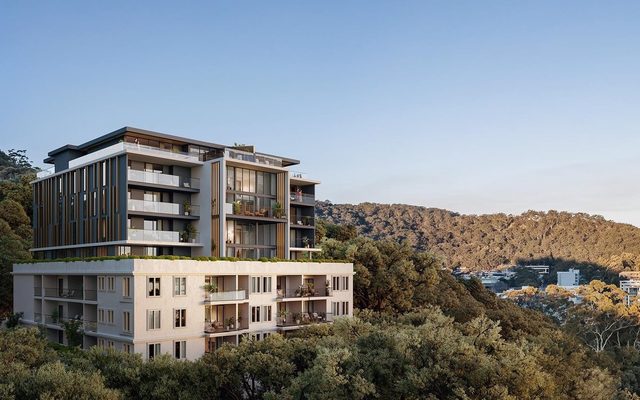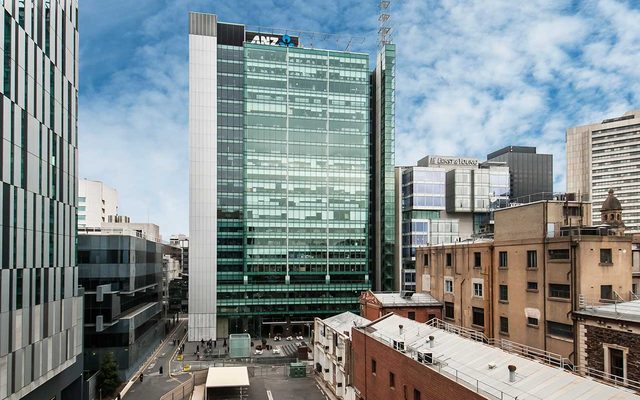This article is from the Australian Property Journal archive
PART THREE: EXISTING home owners and residential property investors need to assume the crash positions, according to the Adviser Edge.
In the latest Adviser Edge National Property Sector Update July 2008, head of property Louis Christopher said without a loose financing market to support asset prices, the residential property market is set to face some tough times throughout 2008 and 2009.
Adviser Edge expects residential prices will suffer further as the, once abundant, supply of housing credit continues to contract and the price of which becomes intolerable to home buyers and investors. The national median house price is forecast to fall by 2% in 2008 and 15% in 2009.
The report found moderation has already been evidenced in Sydney with price growth of 4.8% for the year to December 2007 – brought by the lag effect of cash rate rises in 2006 and 2007. Sydney house prices are forecast to fall by 2% in 2008 and a further 10% in 2009.
Melbourne house prices which rose 19.4% in 2007 is expected to perform a 360 over 2008 and 2009 with predicted falls of 3% and 15% respectively. Brisbane is slightly better shielded, whilst its house prices rose 21.6% in 2007 it is expected to fall by 2% and 12% in 2008 and 2009, respectively.
Apartment unit owner and investors are not immune, after rising 8.6% in 2007 unit prices are forecast to book a 2% fall in 2008 and by 14% in 2009.
Meanwhile, Adviser Edge found a divergence with vacancy rates statistics and real-time listing evidence of rental properties available versus total stock.
Whilst many industry bodies have touted exceptionally tight vacancy rates for the major residential markets, with the Real Estate Institute of Australia publishing figures of just 0.9% for Sydney at May 2008.
On the other hand, SQM Research reports vacancy rates as having increased sharply since March 2008, with Sydney and Melbourne reaching far looser figures of 2.8% and 3.4% respectively.
Brisbane’s historically tight market suffered only moderate loosening by comparison, rising from a March trough of 1.1% to 1.7% in May of 2008.
Christopher said growing mortgage pressure has not only affected owner occupiers, but also property investors, with rents being ratcheted up significantly over the past 12 months to cover increased debt costs.
But he notes that demand now seems to be slowing, with renter’s ability to absorb such steep rises in the cost of living suffering significant impairment.
Looking ahead, Christopher is bearish about residential real estate and has placed an underweight rating.
“Overall, we believe any revival of the Sydney market, and continued booming of Melbourne and Brisbane, is to be reliant on credit outcomes domestically.
“The loss of price support which would follow further tightening of finance provision, coupled with softening rental demand, and strong incoming supply for certain markets, form the substratum of changing market fundamentals this position is based upon,”
“Recent price growth has undoubtedly been supported strongly by an exceptionally high availability of credit, however with the intentional tightening of this market, and the ingrained potential for an all out collapse of credit availability in Australia, it is believed that such price growth will not be continued through to year end 2008. Asset prices are instead forecasted to suffer significant correction without the flamboyant financial backing once provided across all levels of the market.
“It is expected that due to a lag in sellers adjusting their expectations to new market conditions that median prices will remain relatively flat over 2008, with 2009 likely to record the full impact of a changing credit and economic circumstances of house buyers.
“In short, existing home owners and property investors need to assume their crash positions while those who have been waiting on the sidelines should be enjoying a feast of delights in 2009,” Christopher concluded.
Australian Property Journal



